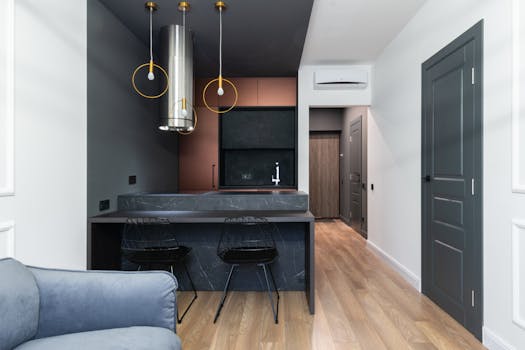
Introduction

Choosing the perfect color palette for your home is essential for creating a space that reflects your style and enhances your mood. The colors you choose can significantly impact how a room feels and looks, making it vital to consider your options carefully.
Understanding Color Theory

Color theory is a fundamental concept in design that helps you understand how colors interact with one another. Colors can be categorized into three main types: primary, secondary, and tertiary. Primary colors are red, blue, and yellow. By mixing primary colors, you can create secondary colors like green, orange, and purple. Tertiary colors result from mixing primary and secondary colors.
Warm colors, such as reds and oranges, can create a cozy and inviting atmosphere, while cool colors, like blues and greens, tend to evoke calmness and serenity. Understanding these dynamics will help you select a palette that suits your preferences.
Choosing a Color Scheme

When choosing a color scheme, consider the overall vibe you want to achieve. There are several approaches to selecting colors:
- Monochromatic: This scheme uses various shades and tints of a single color, creating a harmonious look.
- Analogous: This scheme involves using colors that are next to each other on the color wheel, providing a soft transition.
- Complementary: This scheme combines colors from opposite sides of the color wheel for a vibrant contrast.
- Triadic: This scheme uses three colors that are evenly spaced around the color wheel, offering a balanced yet dynamic feel.
Testing Colors in Your Space

Once you have a color scheme in mind, it’s crucial to test the colors in your space. Paint small swatches on your walls or use color samples to see how the colors look in different lighting throughout the day. This will help you assess whether the colors work well together and fit your vision.
Incorporating Trends and Personal Style

While it’s essential to consider current trends, your home should ultimately reflect your personal style. Don’t be afraid to incorporate bold colors or patterns if they resonate with you. Use trends as inspiration rather than strict rules, allowing your individuality to shine through.
Conclusion

Choosing the perfect color palette for your home involves understanding color theory, selecting a suitable color scheme, testing colors in your space, and incorporating your personal style. By following these steps, you can create a home that is not only aesthetically pleasing but also a true reflection of who you are.






